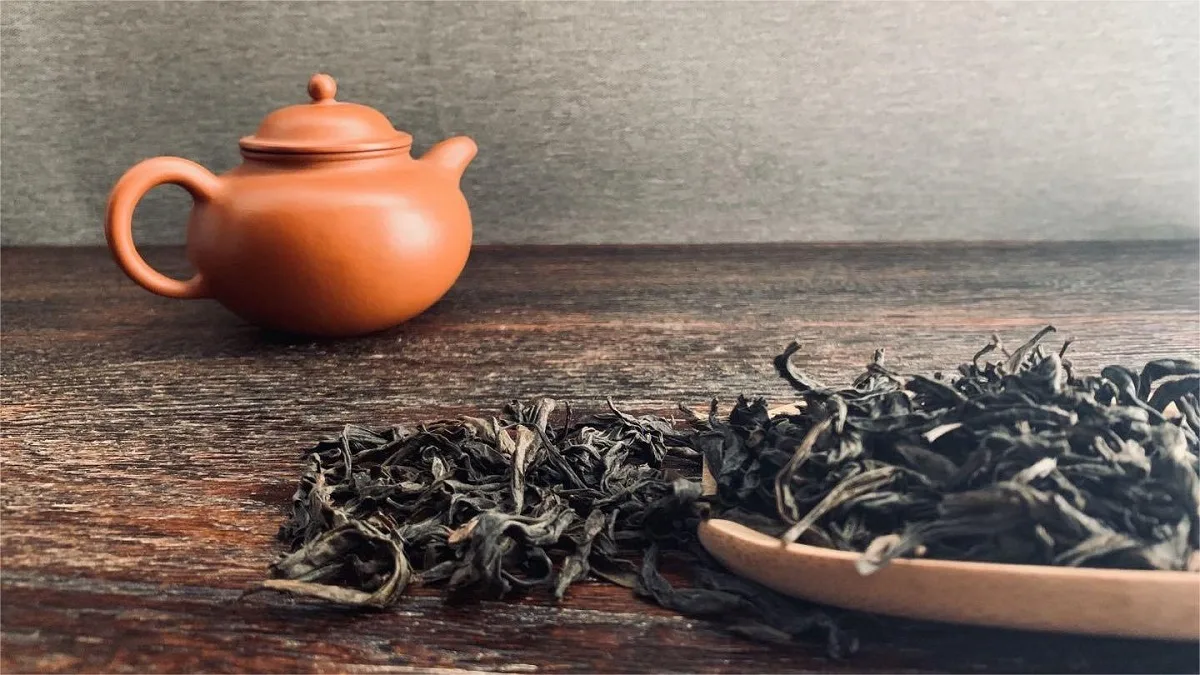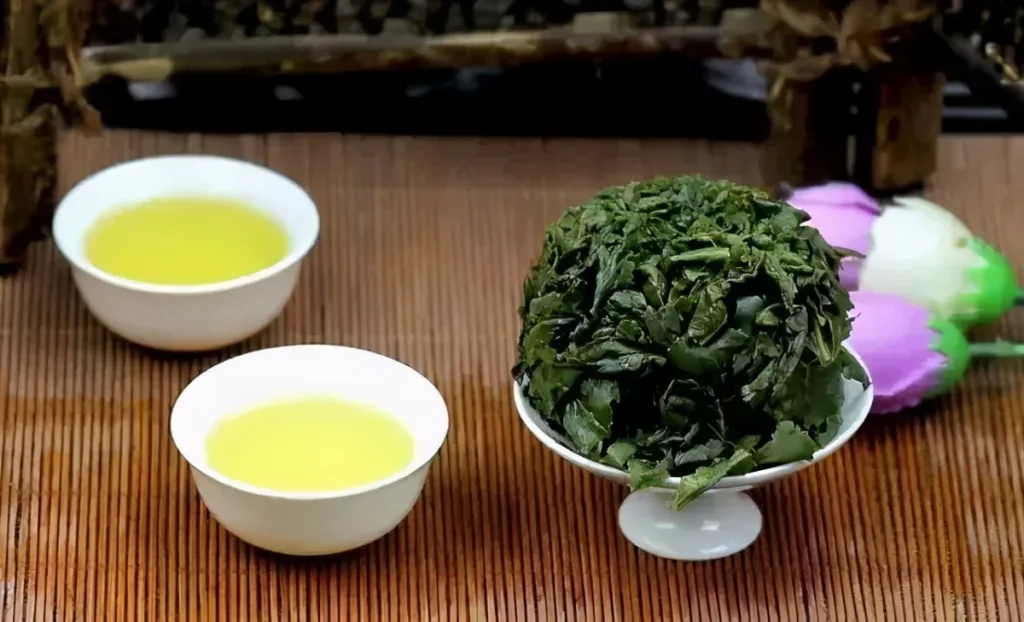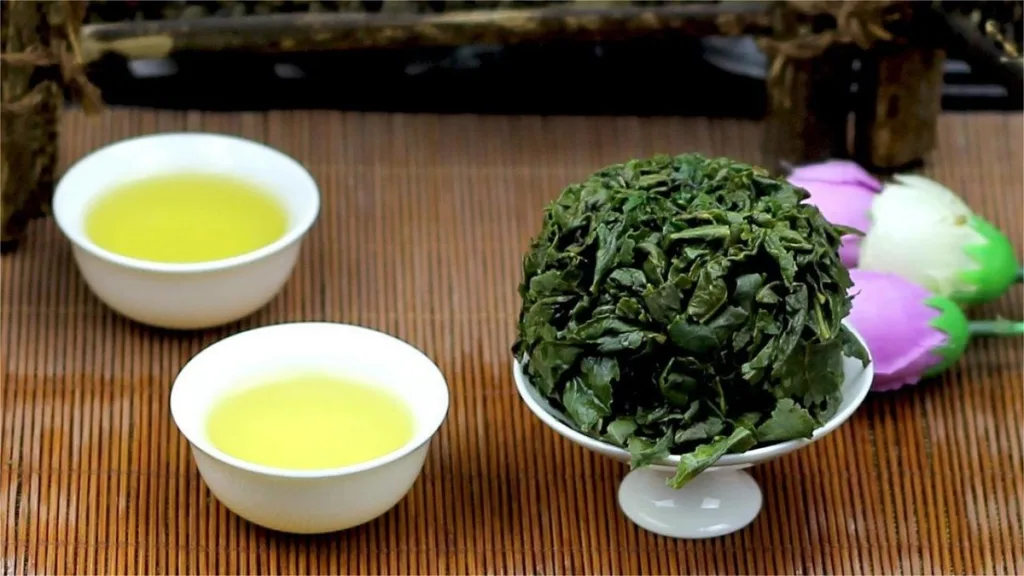Oolong tea and black tea are two distinct categories of tea, each distinguished by its unique processing methods and resulting characteristics. Both teas originate from the Camellia sinensis plant, but the key difference lies in the level of oxidation they undergo during processing.
Black tea is characterized by complete oxidation, a process that involves exposing tea leaves to air for an extended period, allowing them to undergo full enzymatic oxidation before being dried. This oxidation process imparts a deep, dark color to the leaves and gives black tea its bold and robust flavor profile. The flavors can range from malty and sweet to astringent and smoky, depending on factors such as the tea variety, growing conditions, and processing techniques.
In contrast, oolong tea undergoes partial oxidation. The oxidation level falls between that of green tea (which undergoes minimal oxidation) and black tea. The exact degree of oxidation can vary widely, leading to a spectrum of oolong teas with diverse flavor profiles. Oolong teas can exhibit characteristics of both green and black teas, offering a unique balance that captures the freshness and floral notes of green tea while also incorporating the depth and complexity associated with black tea.
The partial oxidation of oolong tea leaves is a delicate and nuanced process. It requires skilled tea artisans to carefully control the oxidation level, often by using traditional techniques such as rolling or shaking the leaves to bruise them slightly, initiating the oxidation process. The oxidation is then halted at a specific point through firing or pan-frying the leaves, preserving the desired characteristics.
In summary, while both oolong tea and black tea originate from the same tea plant, their distinct processing methods result in varied levels of oxidation, influencing their color, flavor, and aroma.



